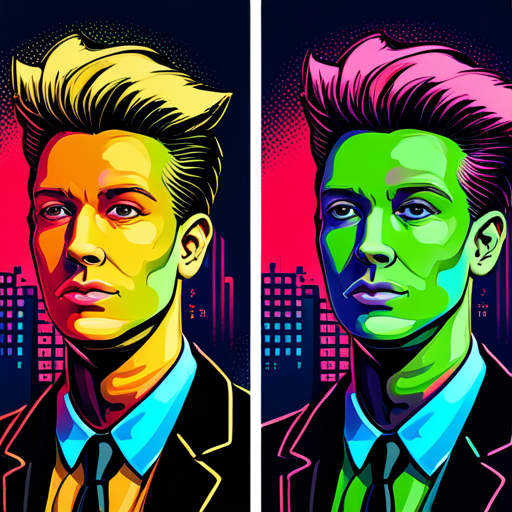Stable Diffusion XL vs Midjourney: Can Open-Source Image Modeling Rival Commercial AI Solutions?

My Take on Stable Diffusion XL: Can It Reach Midjourney's Level of Image Modeling?
As a tech investor and entrepreneur, I've been keeping a close eye on the rapid evolution of artificial intelligence, particularly in the fields of generative AI and image modeling. One AI model that has caught my attention recently is Stable Diffusion XL, a new beta version of Stable Diffusion that promises to deliver more aesthetic and photorealistic results than its predecessor. The question on everyone's mind is whether this new iteration can rival commercial offerings like Midjourney in terms of quality and accessibility.
The Allure of Stable Diffusion XL
Stable Diffusion XL has made significant strides in terms of aesthetics and photorealism. Some of the improvements include:
- Enhanced image resolution and detail
- Better color accuracy and gradient transitions
- More convincing textures and surfaces
These improvements make it a strong contender in the AI image modeling space. However, it's worth noting that Stable Diffusion is an open-source offering, which means it may not have the same level of support and user-friendly interfaces as commercial options like Midjourney.
Comparing Stable Diffusion XL to Midjourney
While Stable Diffusion XL has made impressive progress, it's essential to compare it to its commercial competitors, such as Midjourney, to determine if it can truly hold its ground. Here are some factors to consider:
-
Image Quality: While Stable Diffusion XL has made significant advancements in image quality, it still may not be able to consistently match Midjourney's output. Commercial models often have more resources and expertise behind them, enabling them to fine-tune their algorithms and produce higher-quality results.
-
Accessibility: One of the challenges with open-source models is their accessibility to non-technical users. Midjourney, as a commercial offering, is more likely to have user-friendly interfaces and streamlined processes, making it more accessible to a wider audience.
-
Support and Updates: Commercial models like Midjourney are backed by companies with dedicated teams, ensuring that their products receive regular updates and support. In contrast, open-source models like Stable Diffusion XL may not have the same level of commitment, potentially leading to gaps in performance and reliability over time.
-
Pricing: As an open-source offering, Stable Diffusion XL has the advantage of being free. This makes it an attractive option for users who are unable or unwilling to spend on commercial models like Midjourney.
The Verdict
Stable Diffusion XL has made significant advancements in image modeling, and its improvements should not be overlooked. However, when comparing it to commercial offerings like Midjourney, it seems unlikely that it will be able to fully match their quality and accessibility, at least in the short term.
As an investor and entrepreneur, I believe that there is room for both open-source and commercial offerings in the AI image modeling market. Each has its strengths and weaknesses, and their coexistence will drive innovation and ensure that users have a variety of options to choose from. I'm excited to see where the future of AI image modeling takes us, and I'll continue to monitor developments in Stable Diffusion XL and its commercial counterparts.
Comments
Post a Comment